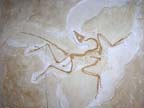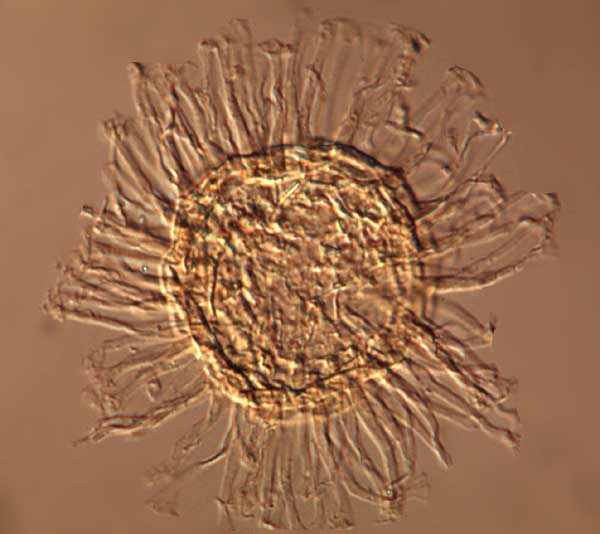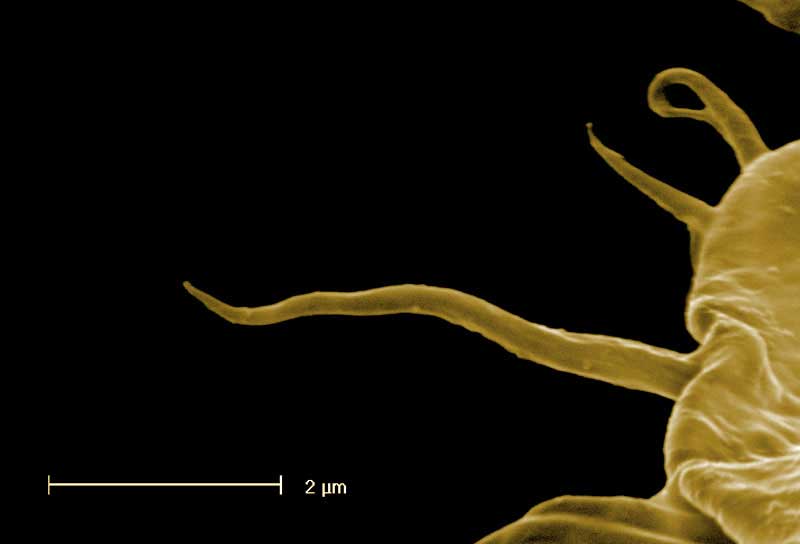 |
 |
 |
 |
 |
Produced
by the Population Genetics and Evolution class, Furman University |
||||
 |
 |
 |
 |
 |
Produced
by the Population Genetics and Evolution class, Furman University |
||||
 |
The
"Precambrian" |
 |
||
 |
The time before the Paleozoic spans 7/8th's of Earths history. It is divided into the Hadean (4.5 bya - 3.8 bya), the Archaean (3.8 - 2.5 bya), and the Proterozoic (2.5 bya - 543 mya). However, we will refer to it as the "precambrian". Historically, the Hadean was defined as the period from the formation of the Earth to the age of the oldest crustal rock and the oldest microfossils. In 2008, however, crystals were discovered in Canada that may be 4.2 billion years old (O'Neill et al. 2008), based on radioactive dating. It was during this period that life began, perhaps starting as an initial system of interacting, replicating, RNA molecules in an "RNA world"; that evolved into the "last common ancestors" from which all exisiting life is descended. The Hadean is followed by the Archaean, a period dominated by bacterial colonies called stromatolites that still persist today in warm shallow environments like Hamelin Pool, Shark Bay, Australia. The atmosphere of the early earth was much different than it is today, but photosynthetic bacteria began to change it radically; releasing oxygen gas as a waste product of oxygenic photosynthesis. The composition of the atmosphere began to change at the transition between the Archaean and the Proterozoic, as evidence by banded iron formations and, perhaps, by deposits of urananite. The increase in oxygen allowed for aerobic respiration and the evolution of more oxygen-demanding, complex, eukaryotic organisms between 2.1-1.7 bya - probably by endosymbiotic interactions among eubacteria and archaeans. The first unambiguous eukaryotes are the acritarchs, but other fossils such as Grypania spiralis may be eukaryotic, as well. The "precambrian" concludes with the Ediacarian period, which hold the first fossils of multicellular animal life. |  |
||
| Above: Stromatolites at Shark Bay, Australia. Below, fossil stromatolites. Images from: Bill Tietjen, Bellaramine Uiniveristy | Acritarchs. Images from: Malgorzata
Moczydlowska-Vidal, Upssala University |
|||
 |
 |
|||